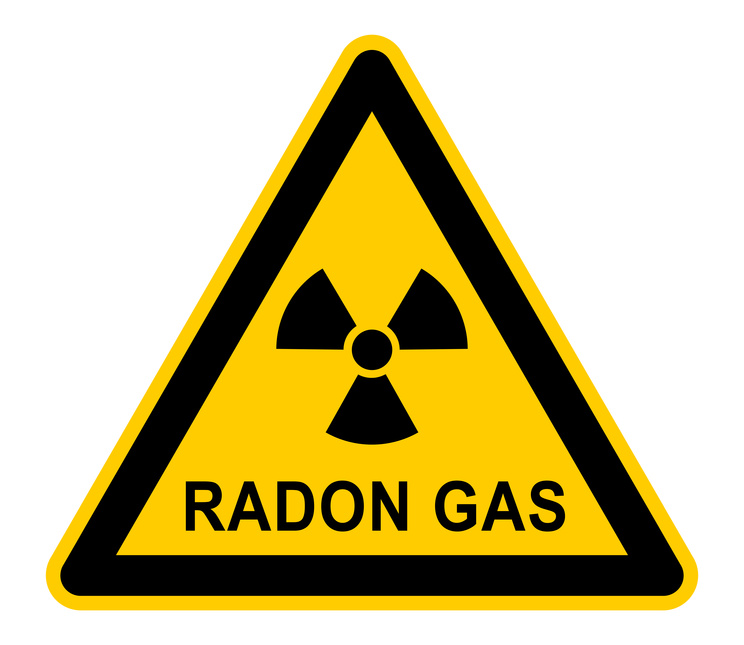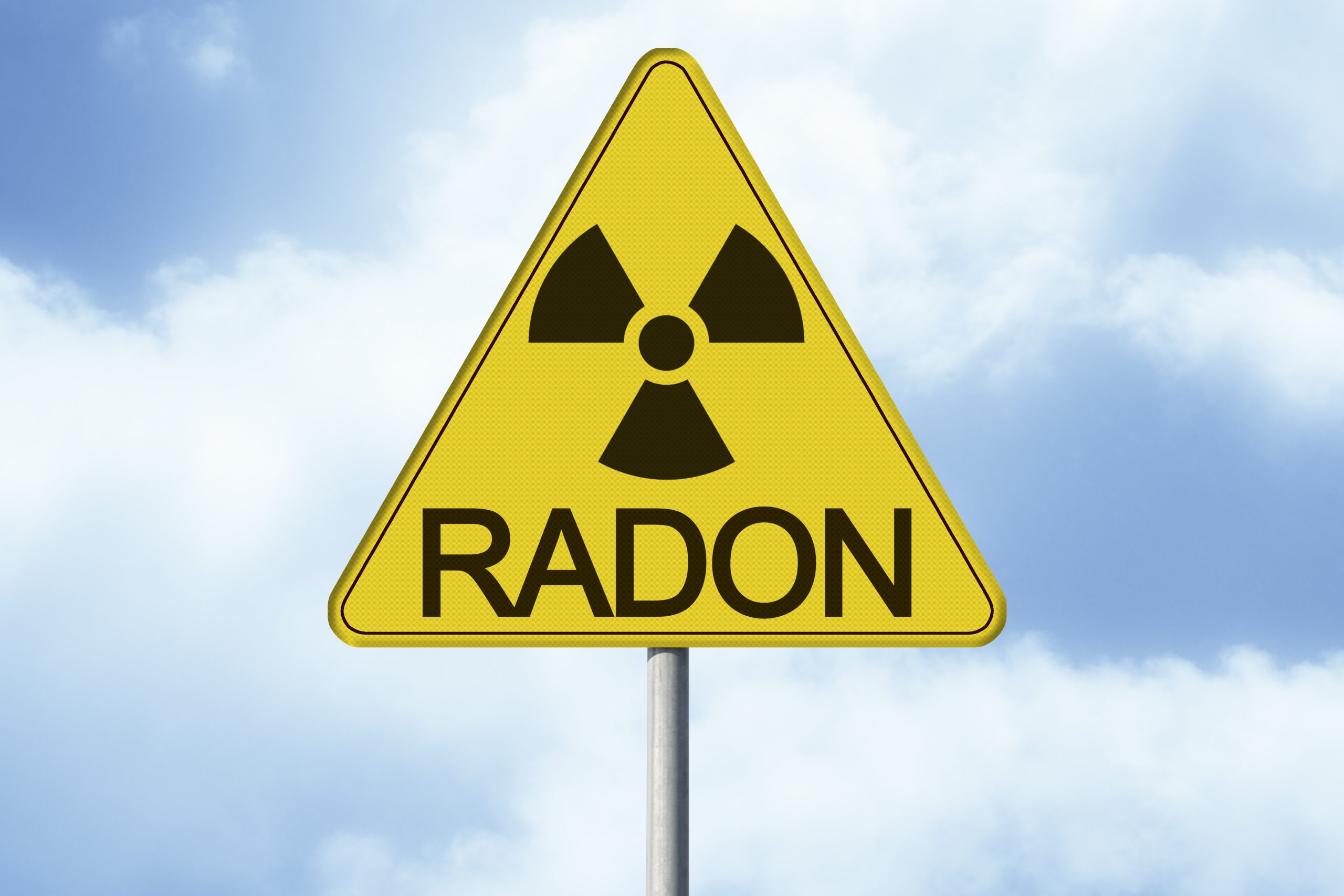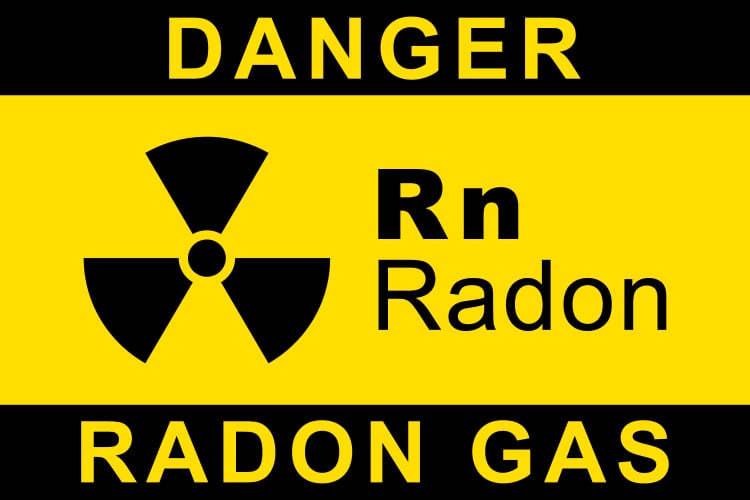Radon is a naturally occurring, radioactive gas that can seep into your home from the ground, posing serious health risks to you and your family. According to the Environmental Protection Agency (EPA), radon is the second leading cause of lung cancer in the United States, responsible for over 21,000 deaths annually.
This article provides a detailed, actionable guide to quickly reducing radon levels in your home, ensuring a safe and healthy living environment.
Table of Contents
Understanding Radon
Radon is a colorless, odorless, and tasteless gas that forms from the natural breakdown of uranium in soil, rock, and water. It can enter homes through cracks in the foundation, floors, and walls, as well as through gaps around pipes, wires, and sump pumps.
Radon can also be present in well water, which can release radon into the air when used for showering, washing dishes, or other activities.
Health Risks of Radon
Long-term exposure to high levels of radon can significantly increase the risk of lung cancer, especially in smokers and former smokers.
The EPA estimates that radon causes over 21,000 lung cancer deaths each year, making it a serious public health concern.
Quick and Effective Solutions to Reduce Radon Levels
- Ventilation: Opening windows and creating a cross breeze can help dilute radon concentrations and reduce radon levels in your home. This is a simple, cost-effective method that can provide immediate relief, especially when combined with other radon reduction strategies.
- Seal Cracks: Identifying and sealing cracks in your foundation, basement, and flooring can significantly reduce radon entry points, lowering radon levels in your home. Use caulk or epoxy sealant to fill cracks and gaps, paying special attention to areas around pipes, wires, and sump pumps.
- Prevent House Depressurization: Ensuring proper ventilation around exhaust fans and combustion units can help prevent lower indoor air pressure, which can draw in more radon. If you have an HVAC system, consider sealing off cold-air return registers in the basement to prevent radon from being drawn into the system.
- Increase Air Flow: Using fans and vents to circulate air and opening windows can improve air circulation, helping to reduce radon levels. Consider installing a radon ventilation fan to exhaust radon-laden air from below the house and vent it outside.
- Consider Professional Help: If DIY methods do not sufficiently reduce radon levels, consider hiring a professional to install a radon reduction system. A radon mitigation system typically includes a vent pipe and fan to pull radon from beneath the house and vent it outside, significantly reducing radon levels in your home.
Long-Term Radon Reduction Strategies
While the above methods can provide quick relief, long-term radon reduction strategies are essential to ensure a consistently safe living environment. These strategies include:
- Regular Radon Testing: Test your home for radon levels at least every two years, or more frequently if you have made changes to your home that could affect radon levels.
- Professional Radon Mitigation: If radon levels remain high despite your efforts, consult a professional for a radon mitigation system tailored to your home’s specific needs.
- Building Practices: If you are building a new home, incorporate radon-resistant features into the design and construction process, such as a gravel layer beneath the slab, a sealed sump pit, and a vent pipe system.
Conclusion
Reducing radon levels in your home is crucial for ensuring a safe and healthy living environment. By following the quick and effective solutions outlined in this article and incorporating long-term radon reduction strategies, you can significantly lower radon levels and protect your family from the harmful health effects of radon exposure. Remember to test your home regularly and consult professionals when needed to ensure your home remains radon-free.





